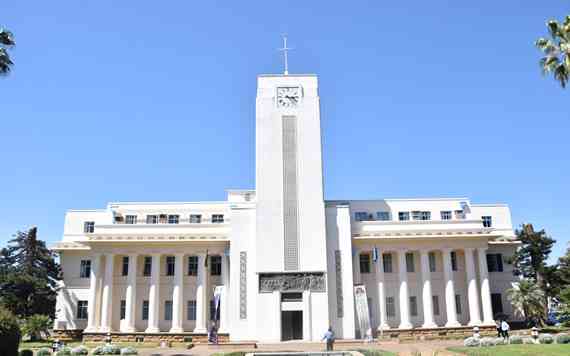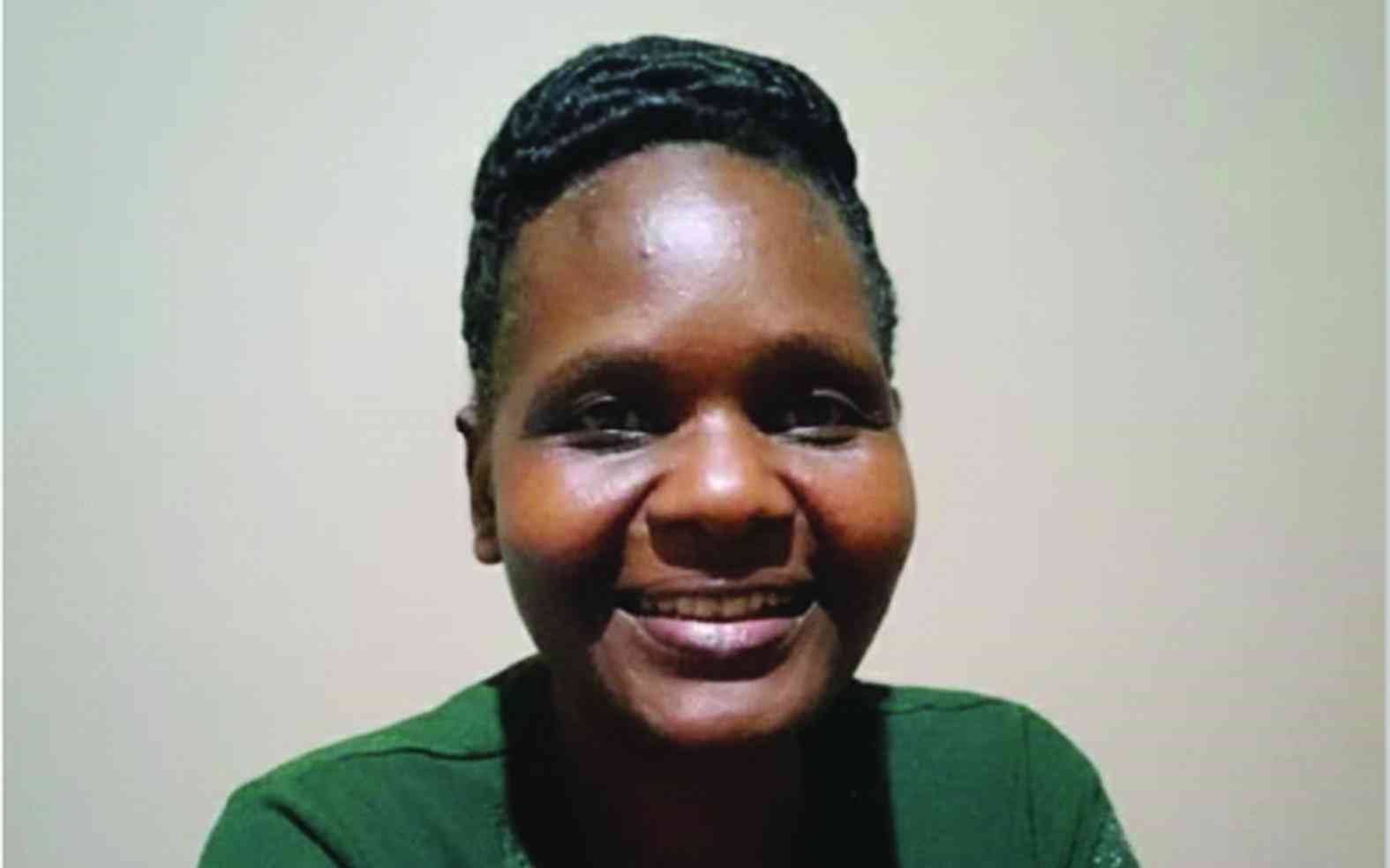
THE Zimbabwe National Statistics Agency (ZimStat) has revealed that the life expectancy for Bulawayo province stood at 62,6 years compared to the national life expectancy of 64,7 years.
ZimStat also revealed that women continued to outlive their male counterparts.
ZimStat demography and social statistics director Aluwisio Mukavhi made the remarks during a Population and Housing Census (2022) workshop held in Bulawayo yesterday.
Mukavhi also revealed that according to the April 2022 census, Bulawayo’s population size stood at 665 952, comprising 307 871 men and 358 081 women.
“Females had a higher life expectancy of 65,6 years, while males had 59,3 years. Zimbabwe follows a decennial census cycle of which the 2022 Population and Housing Census marked the fifth since independence,” he said.
The sex ratio at birth was recorded at 86 males per 100 females, while 43,9% of the population aged 15 and above were married and 43,5% unmarried.
“The census accounted for 73 190 persons who emigrated from Bulawayo province. Migration initially increased with age for both males and females, peaking at the 20 to 24 years age group (10 758 males and 10 485 females) and declining thereafter.
“The census established that there were 178 716 private households with a population of 663 382 persons in Bulawayo province, resulting in an average household size of 3,7 persons,” he said.
- ZRC wraps up stakeholder consultations
- Letter from America: Ariel Primary: A school that teaches pupils to be angels
- Grace tidings: Faith of God: The access code to victorious living
- Grace tidings: Right and wrong thinking
Keep Reading
Mukavhi added that 188 683 people in Bulawayo were in the labour force, with 85,2 % gainfully employed.
“Out of a total of 188 683 persons in the labour force, 55% of the economically active population were males, while 45% were female,” he said.
Christians constituted 88% of the population in the province.
The population which did not identify with any religion stood at 7,8%, while in respect to Christianity, 24,9% were Pentecostal.
“In Bulawayo province, 97,1% of the households accessed drinking water from piped water for drinking; 94,9% of households used flush toilets, while 1,9% of the households were using pit latrines with slab,” he said.









